Did you know that a malfunctioning HVAC system can pose hidden risks to your health and safety? From poor air quality to potential fire hazards, there are several dangers that can arise when your HVAC system is not functioning properly. It’s important to be aware of these risks and take action to ensure the safe operation of your HVAC system. Whether it’s regular maintenance, timely repairs, or upgrades, addressing any issues promptly can help mitigate these potential dangers. To keep your home or business environment comfortable and safe, trust the experts at Diamond Air Design, the leading HVAC repair service in the Pensacola FL area. With their expertise and prompt service, they can provide the necessary solutions to keep your HVAC system running smoothly and minimize any potential risks. Contact Diamond Air Design today at (850) 753-2795 or visit their website at https://diamondairdesign.com/ to learn more about their services and how they can keep you and your loved ones safe.
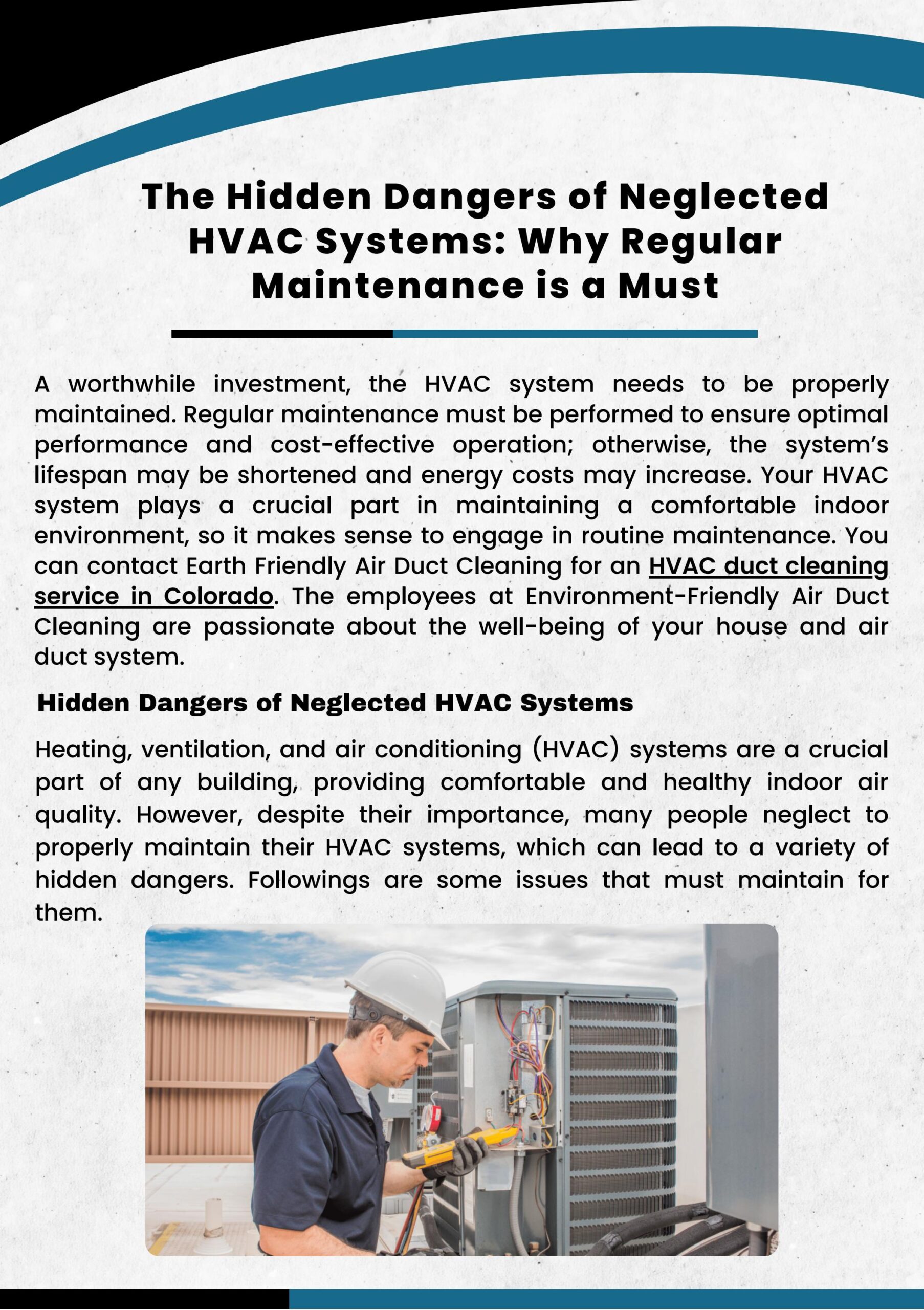
This image is property of image.isu.pub.
1. Electrical Hazards of a Malfunctioning HVAC System
1.1 Worn-out wiring
A malfunctioning HVAC system can pose several electrical hazards, and one of the most common issues is worn-out wiring. Over time, the electrical connections in your HVAC system may become frayed or damaged, increasing the risk of electrical fires. Worn-out wiring can also result in short circuits, which can cause power outages or damage to other electrical appliances in your home. It is essential to have a professional HVAC technician inspect your system regularly to ensure that the wiring is in good condition and replace any worn-out wires promptly.
1.2 Overloaded circuits
Another electrical hazard associated with a malfunctioning HVAC system is the risk of overloaded circuits. HVAC systems require a significant amount of power to operate, and if your system is not functioning correctly, it may draw more electricity than the circuit can handle. Overloading the circuit can lead to overheating, tripped circuit breakers, or even electrical fires. It is crucial to have an electrician evaluate your electrical system and determine if additional circuits or upgrades are needed to safely accommodate your HVAC system.
1.3 Power surges
A malfunctioning HVAC system can also cause power surges in your home. Power surges occur when there is a sudden increase in electrical voltage, which can damage sensitive electronic devices and appliances. If your HVAC system is not functioning correctly, it may cause irregular electrical currents, resulting in power surges throughout your home. To protect your electrical devices from the damaging effects of power surges, consider investing in surge protectors or whole-house surge protection systems.
2. Fire Risks Associated with a Malfunctioning HVAC System
2.1 Cracked heat exchanger
One of the significant fire risks associated with a malfunctioning HVAC system is a cracked heat exchanger. The heat exchanger is responsible for transferring heat from the combustion process to the air that circulates through your home. However, if the heat exchanger develops cracks, it can lead to the release of combustible gases, such as carbon monoxide, into your home’s airstream. These combustible gases can accumulate and ignite, potentially causing a fire. Regular maintenance and inspections by qualified HVAC technicians are crucial to identify and repair any cracks in the heat exchanger promptly.
2.2 Clogged air vents
Clogged air vents in your HVAC system can also pose a fire risk. Over time, dust, dirt, and debris can accumulate in the vents, obstructing airflow and causing the system to overheat. Excessive heat can lead to the ignition of flammable materials, such as dust or insulation, in the vicinity of the vents. It is essential to keep your vents clean and clear from any obstructions to prevent overheating and potential fire hazards. Regular maintenance, including cleaning and inspection of the vents, can help identify and address clogging issues.
2.3 Overheating components
Components within a malfunctioning HVAC system can overheat, increasing the risk of fire. A malfunctioning fan motor, for example, may struggle to circulate air effectively, causing the motor to overheat. Similarly, a faulty thermostat or control board can result in continuous operation, causing excessive heat buildup. Overheated components can ignite nearby combustible materials or cause electrical fires. It is important to address any signs of overheating, such as strange noises, burning smells, or unusually high temperatures, by calling a professional HVAC technician to diagnose and repair the issue promptly.
3. Carbon Monoxide Poisoning from a Malfunctioning HVAC System
3.1 Blocked exhaust flue
A malfunctioning HVAC system can lead to carbon monoxide poisoning if the exhaust flue becomes blocked or damaged. The exhaust flue is responsible for safely venting the combustion byproducts, including carbon monoxide, outside of your home. However, if the flue becomes obstructed, either due to debris or a malfunctioning part, carbon monoxide can accumulate and recirculate within your living space. Carbon monoxide is an odorless and colorless gas that can be deadly in high concentrations. Regular inspections and maintenance of your HVAC system’s exhaust flue are crucial in preventing carbon monoxide poisoning.
3.2 Defective combustion chamber
A defective combustion chamber in your HVAC system can also contribute to carbon monoxide poisoning. The combustion chamber is where the fuel, such as natural gas or oil, is burned to produce heat. If the chamber develops cracks or leaks, it can allow carbon monoxide to escape into the surrounding air. This poisonous gas can quickly spread throughout your home, posing a severe health risk to you and your family. Regular inspections by qualified technicians can help identify any defects in the combustion chamber and initiate the necessary repairs or replacements to prevent carbon monoxide leaks.
3.3 Damaged ventilation system
A malfunctioning HVAC system with a damaged ventilation system can also lead to carbon monoxide poisoning. The ventilation system is responsible for distributing conditioned air throughout your home while maintaining a proper balance of fresh air intake and exhaust. If the ventilation system becomes compromised, such as by damaged air ducts or blocked vents, it can disrupt the airflow and cause a buildup of carbon monoxide. Regular inspections and maintenance of your HVAC system’s ventilation system are essential in ensuring the safe and efficient operation of the system and preventing carbon monoxide poisoning.
4. Health Hazards Caused by a Malfunctioning HVAC System
4.1 Mold and bacteria growth
A malfunctioning HVAC system can create an environment conducive to mold and bacteria growth. Humidity control is a vital function of an HVAC system, and when it malfunctions, it can result in excessive moisture accumulation. Excess moisture provides the perfect breeding ground for mold and bacteria, which can contaminate the air and pose significant health risks. Exposure to mold and bacteria can cause allergies, respiratory issues, and other respiratory-related illnesses. Regular maintenance of your HVAC system, including humidity control checks and cleaning, can help prevent mold and bacteria growth.
4.2 Indoor air pollution
Indoor air pollution is another health hazard that can arise from a malfunctioning HVAC system. When the system is not functioning correctly, it may not adequately filter the air circulating in your home, allowing pollutants such as dust, pet dander, pollen, and volatile organic compounds (VOCs) to accumulate. These pollutants can irritate the respiratory system and trigger allergies or asthma symptoms. Regularly changing air filters, cleaning air ducts, and ensuring proper ventilation are essential in maintaining good indoor air quality and reducing the health risks associated with indoor air pollution.
4.3 Allergies and respiratory issues
A malfunctioning HVAC system can worsen existing allergies and respiratory issues or even trigger them in individuals who are otherwise healthy. When the system fails to effectively remove airborne particles, allergens such as dust mites, pollen, and pet dander can circulate in the air. Breathing in these allergens can lead to allergic reactions, such as sneezing, itchy eyes, and congestion. Additionally, a malfunctioning system may not properly regulate humidity levels, leading to increased respiratory discomfort for individuals with asthma or other respiratory conditions. Regular maintenance of your HVAC system, including filter replacements and humidity control, can help alleviate allergies and respiratory issues.
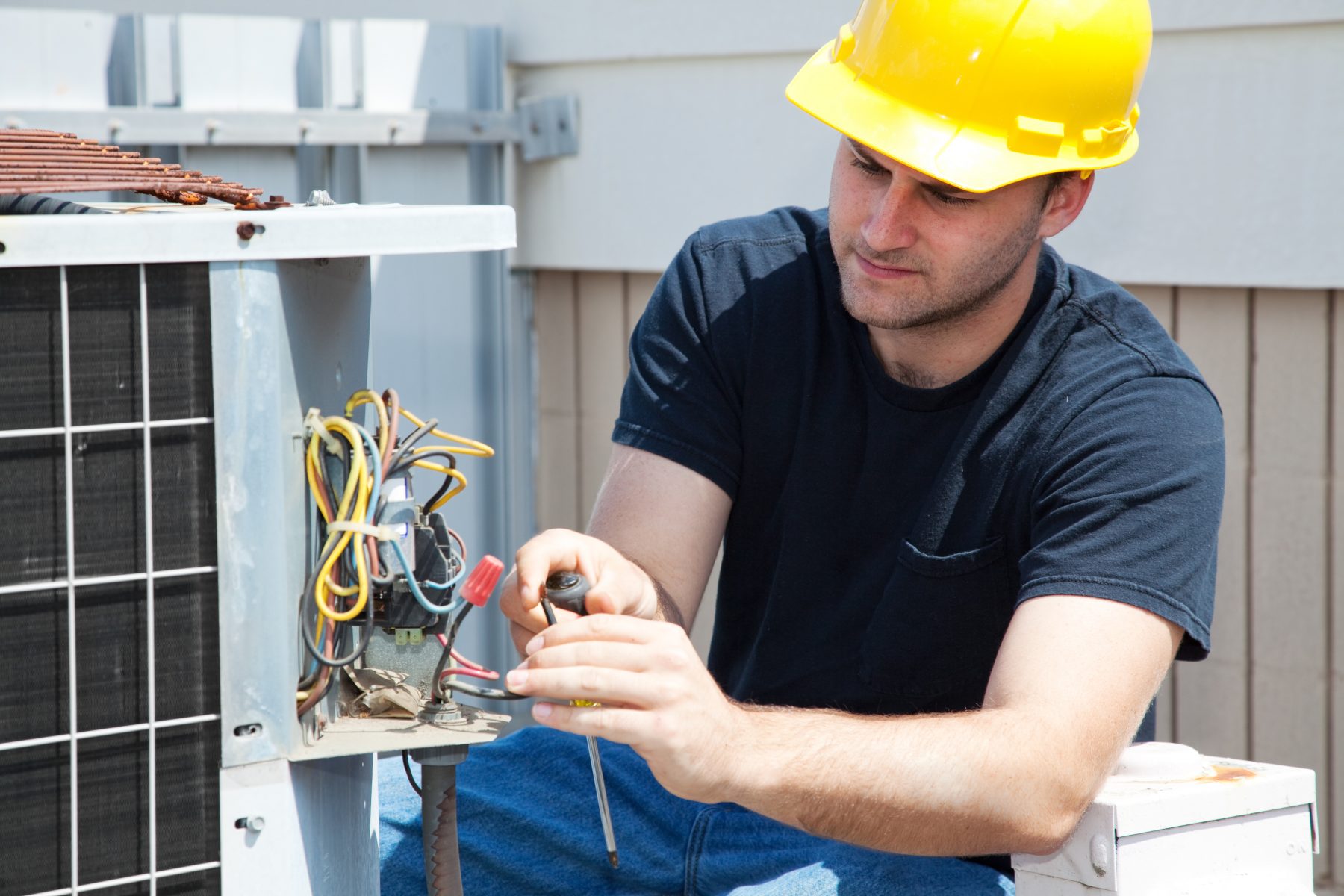
This image is property of maichleshvac.com.
5. Decreased Indoor Air Quality due to a Malfunctioning HVAC System
5.1 Inadequate ventilation
A malfunctioning HVAC system can result in inadequate ventilation, leading to decreased indoor air quality. Proper ventilation is crucial for removing stagnant air, controlling moisture levels, and maintaining a healthy indoor environment. If your HVAC system fails to circulate fresh air effectively, pollutants can accumulate, and the air can feel stale and stuffy. This can lead to discomfort, increased allergens, and the spread of airborne illnesses. Regular inspections and maintenance of your HVAC system’s ventilation components, such as fans and ductwork, are essential in ensuring proper airflow and ventilation.
5.2 Insufficient humidity control
Maintaining appropriate humidity levels in your home is essential for both comfort and indoor air quality. A malfunctioning HVAC system may struggle to regulate humidity effectively, leading to excessively dry or humid conditions. Low humidity can cause dry skin, irritated eyes, and respiratory issues, while high humidity can promote mold and bacteria growth. Regularly monitoring and adjusting your HVAC system’s humidity control settings, along with proper maintenance and repairs, can help ensure optimal humidity levels and improve indoor air quality.
5.3 Indoor air contaminants
A malfunctioning HVAC system can contribute to the spread of indoor air contaminants, including dust, allergens, and volatile organic compounds (VOCs). If the system’s air filters are clogged or not functioning correctly, they may fail to trap these contaminants effectively, allowing them to circulate throughout your home. This can lead to respiratory irritation, allergies, and other health issues. It is important to regularly inspect and replace air filters, clean air ducts, and ensure proper functioning of the HVAC system to minimize the presence of indoor air contaminants and maintain good indoor air quality.
6. Increased Energy Consumption and Utility Bills
6.1 Inefficient HVAC performance
A malfunctioning HVAC system often operates inefficiently, resulting in increased energy consumption and higher utility bills. Common issues that can reduce HVAC system efficiency include dirty or clogged filters, worn-out components, and improper system calibration. When the system struggles to perform optimally, it exerts more effort and consumes more energy to achieve the desired temperature and airflow. This increased energy consumption not only leads to elevated utility bills but also contributes to unnecessary strain on the system, reducing its lifespan. Regular maintenance, including cleaning, component inspection, and calibration, can improve your HVAC system’s efficiency and reduce energy consumption.
6.2 Continuous functioning
A malfunctioning HVAC system may display continuous functioning, where it fails to cycle on and off appropriately. This constant operation can significantly impact energy consumption. Instead of shutting off once the desired temperature is reached, a malfunctioning system keeps running, wasting energy and causing unnecessary wear on the components. This continuous function can lead to higher utility bills and potential system breakdowns. If you notice that your HVAC system is constantly running, consult a professional to diagnose and address the underlying issue.
6.3 Overworking of components
A malfunctioning HVAC system may overwork certain components, resulting in increased energy consumption. For example, if the system is not adequately cooling or heating your home, the compressor may work harder to compensate for the inefficiency, consuming more energy in the process. Overworking of components can lead to premature wear and tear, reduced system lifespan, and higher maintenance and repair costs. It is crucial to address any signs of system malfunction promptly to prevent unnecessary strain on the components and minimize energy consumption.
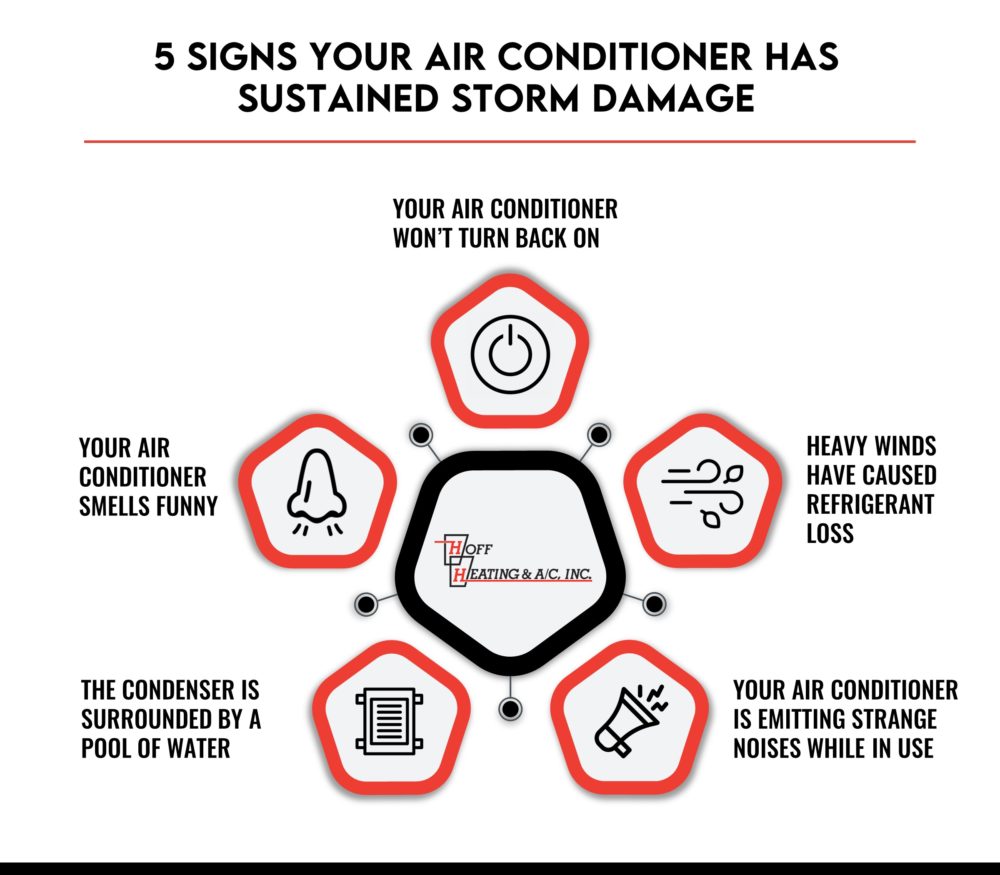
This image is property of hoffheating.com.
7. HVAC System Breakdown and Expensive Repairs
7.1 Component failures
A malfunctioning HVAC system is at a higher risk of experiencing component failures, leading to system breakdowns and costly repairs. For example, if the system is not properly maintained, essential components such as the compressor, blower motor, or condenser coil may wear out or malfunction prematurely. Component failures can result in complete system shutdowns, loss of indoor comfort, and the need for expensive repairs or replacements. Regular maintenance and inspections by qualified HVAC technicians can identify any potential issues and address them before they escalate into major breakdowns.
7.2 System shutdowns
Malfunctioning HVAC systems are prone to unexpected shutdowns, leaving you without heating or cooling when you need it the most. These system shutdowns can be caused by various problems, such as electrical issues, refrigerant leaks, or component failures. Not only are these shutdowns inconvenient, but they can also result in discomfort, temperature fluctuations, and potentially costly repairs. Routine maintenance, including system checks and tune-ups, can help detect and resolve any potential problems before they lead to unexpected system shutdowns.
7.3 Emergency repair costs
When a malfunctioning HVAC system suddenly breaks down or experiences a major issue, emergency repair costs can be significant. Emergency repairs often require immediate attention from HVAC technicians outside of regular business hours, resulting in additional expenses. Neglecting regular maintenance or ignoring signs of HVAC system malfunction can increase the likelihood of emergency breakdowns and the associated repair costs. By scheduling routine maintenance and promptly addressing any system issues, you can avoid costly emergency repairs and ensure the longevity of your HVAC system.
8. Structural Damage Caused by a Malfunctioning HVAC System
8.1 Water leaks and damages
A malfunctioning HVAC system, particularly the cooling component, can lead to water leaks and cause damage to your home’s structure. Issues such as clogged condensate drains, frozen evaporator coils, or faulty condensate pumps can result in water accumulation and subsequent leakage. Water leaks can damage walls, ceilings, and floors, leading to rot, mold growth, and structural instability. Regular inspections and maintenance of your HVAC system’s cooling components can help prevent water leaks and mitigate the risk of structural damage.
8.2 Frozen or burst pipes
In colder climates, a malfunctioning HVAC system may fail to adequately heat your home, leading to frozen or burst pipes. When the system cannot maintain a sufficient temperature, the water inside the pipes can freeze, causing the pipes to expand and potentially burst. Burst pipes can result in significant water damage, flooding, and costly repairs. It is essential to have your HVAC system properly maintained and inspected before the winter months to ensure it can effectively heat your home and avoid frozen or burst pipes.
8.3 Moisture and humidity issues
A malfunctioning HVAC system can contribute to excessive moisture and humidity levels in your home, leading to a range of structural issues. High humidity can promote mold and mildew growth, resulting in rot, weakened drywall, and damage to wooden structures. Excessive moisture can also cause paint to peel, wallpaper to bubble, and doors and windows to warp. By addressing any malfunctioning components or humidity control issues in your HVAC system, you can prevent moisture-related structural damage and maintain a healthy indoor environment.
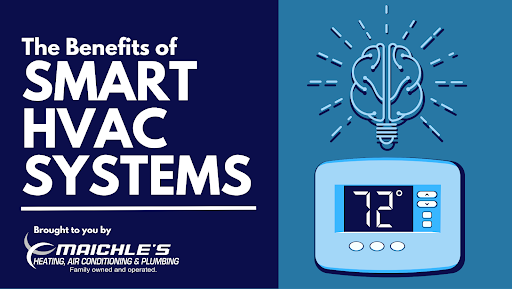
This image is property of maichleshvac.com.
9. Negative Impact on Comfort and Indoor Environment
9.1 Inconsistent temperature control
A malfunctioning HVAC system may result in inconsistent temperature control throughout your home, leading to discomfort and frustration. If certain rooms or areas receive inadequate heating or cooling, it can create temperature imbalances, making it challenging to maintain a comfortable indoor environment. This inconsistency can be caused by various issues, such as airflow restrictions, faulty thermostats, or improperly calibrated dampers. Regular maintenance and system checks can help identify and resolve these temperature control issues, ensuring consistent comfort throughout your home.
9.2 Lack of proper airflow
Proper airflow is crucial for the efficient operation of an HVAC system and maintaining a comfortable indoor environment. A malfunctioning HVAC system may experience restricted or insufficient airflow, resulting in reduced comfort levels. Problems such as clogged air filters, blocked vents, or malfunctioning fans can impede the movement of air, leading to inadequate cooling or heating. This lack of proper airflow can result in temperature fluctuations, reduced air quality, and discomfort. By addressing airflow issues promptly and keeping your HVAC system well-maintained, you can ensure optimal airflow and enhance indoor comfort.
9.3 Inadequate dehumidification
A malfunctioning HVAC system may fail to adequately dehumidify your home, resulting in excessively high humidity levels. High humidity can make your home feel muggy and uncomfortable, leading to sleep disturbances, increased allergens, and potential mold growth. Inadequate dehumidification can be caused by various factors, such as malfunctioning dehumidifiers, refrigerant leaks, or improper system calibration. Regular inspections and maintenance of your HVAC system’s dehumidification components can help ensure that it effectively controls humidity levels and creates a comfortable indoor environment.
10. Environmental Consequences of a Malfunctioning HVAC System
10.1 Refrigerant leaks and emissions
A malfunctioning HVAC system may develop refrigerant leaks, which can have harmful environmental effects. Refrigerants, such as chlorofluorocarbons (CFCs) and hydrochlorofluorocarbons (HCFCs), contribute to ozone depletion when released into the atmosphere. Leaking refrigerants not only deplete the ozone layer but also contribute to climate change as potent greenhouse gases. It is essential to have your HVAC system regularly inspected for refrigerant leaks and to address any leaks promptly by qualified HVAC professionals to minimize the environmental impact.
10.2 High carbon footprint
A malfunctioning HVAC system can result in a higher carbon footprint, contributing to environmental pollution and climate change. Inefficient HVAC performance, increased energy consumption, and refrigerant leaks all contribute to higher carbon dioxide (CO2) emissions. CO2 is a primary greenhouse gas responsible for global warming and climate change. Regular maintenance, energy-efficient upgrades, and proper disposal of refrigerants are crucial in reducing the carbon footprint associated with your HVAC system and mitigating its environmental impact.
10.3 Energy waste
A malfunctioning HVAC system often wastes a significant amount of energy, resulting in unnecessary energy consumption and environmental strain. Inefficient operation, continuous functioning, and overworking of components all contribute to energy waste. Wasted energy not only increases utility bills but also depletes natural resources and contributes to harmful emissions from power plants. Regular maintenance, upgrades to energy-efficient systems, and proper HVAC usage can help minimize energy waste and promote a more sustainable indoor environment.
In conclusion, a malfunctioning HVAC system poses a wide range of hazards and risks that can have detrimental effects on your health, safety, comfort, and the environment. From electrical hazards and fire risks to carbon monoxide poisoning and decreased indoor air quality, it is crucial to address any signs of HVAC system malfunction promptly and schedule regular maintenance with qualified professionals. By taking proactive measures to ensure the proper functioning of your HVAC system, you can mitigate these risks, maximize comfort, and promote a healthy and sustainable indoor environment.
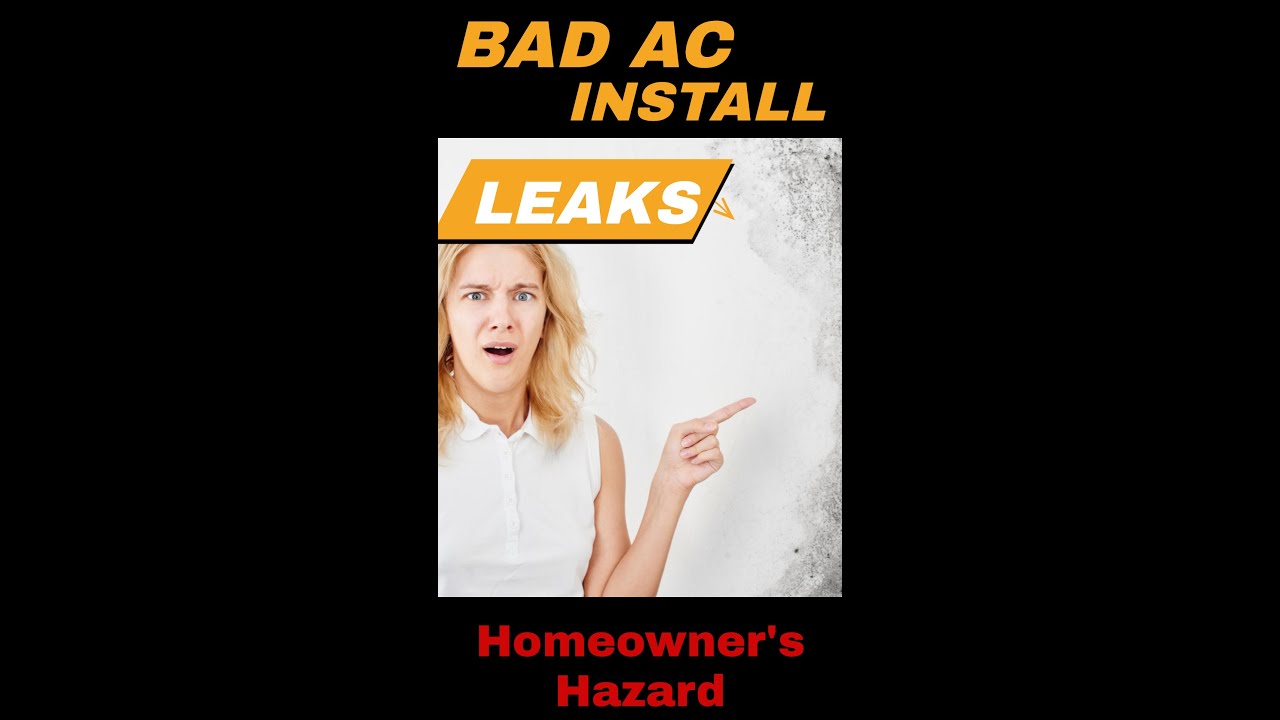
This image is property of i.ytimg.com.
The post The Hidden Risks of a Malfunctioning HVAC System appeared first on Diamond Air Design.

